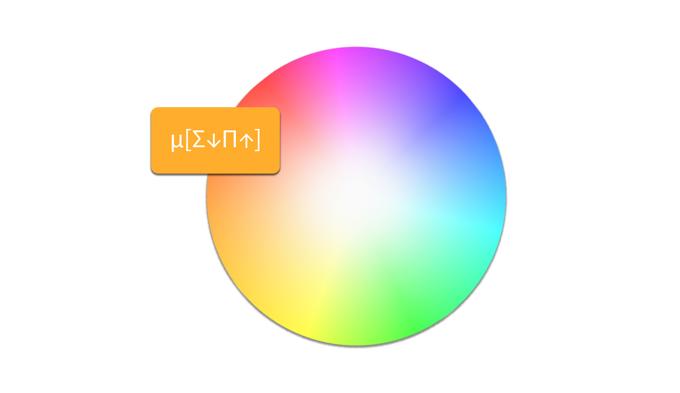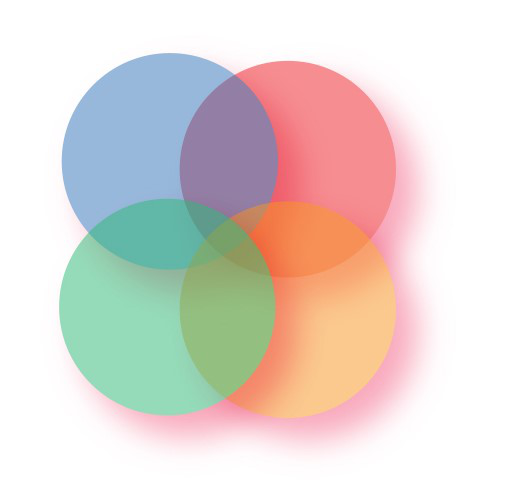
CPT Rebuild: Why We Started Over
October 9, 2025 | Type Theory | Harry Murrell
Every few years, a system begins to creak under its own weight. What once brought clarity starts to create noise. That isn’t a failure of the framework; it’s the price of its own success. When something becomes too established, it stops asking questions. It becomes a comfort zone. CPT reached that point.
Not because the theory was wrong, but because it had matured beyond its own scaffolding. The early language, while functional, carried too much typological inheritance. It leaned on MBTI syntax, Jungian shorthand, and the conceptual debris of older systems that were never built to handle a dynamic model of cognition. I could either keep translating CPT into other people’s languages, or build one of its own. So I started over.
Leaving Typology Behind
Typology, in its traditional sense, has always been about what you are. It’s classification — a taxonomy of boxes pretending to describe movement. CPT was never meant to be that. From the beginning, it tried to model how people think, not what they are.
But to communicate that, CPT still borrowed the language of types, and with it came static assumptions. “Introvert vs extravert.” “Thinker vs feeler.” “Function stacks.”. Such words helped people orient, but they also misled them — implying stable configurations rather than adaptive dynamics.
At some point, it became clear: CPT had outgrown typology altogether. It wasn’t about traits or archetypes anymore; it was about processes, networks, and the movement between states.
From Functions to Networks
The Rebuild began by reframing what a “function” even is. Instead of treating it as a discrete module — a block of cognition — CPT now sees each function as a node within a network of reciprocal tensions.
Functions aren’t things we use; they’re patterns that emerge from the way we move between different forms of attention and evaluation. What MBTI calls “Te” or “Fi” are not switches in the mind, but polarised movements within larger structures.
That’s why CPT now speaks in terms of networks: Emergent constructs embodying the combined interactions of multiple cognitive processes while imbuing each with a specific tonal quality. These networks fold and unfold into one another. When one expands, its opposite contracts. This creates the living circuitry of personality — not a fixed diagram, but an ecology of cognition in motion.
A Cleaner Methodology
The Rebuild didn’t change what CPT measures; it changed how it’s measured. Previously, CPT worked from the bottom up — identifying elements, pairings, and then networks. It worked, but it was messy. The updated methodology starts with the network level first, working down through pairings and elements. It’s cleaner, more falsifiable, and easier to communicate.
In practical terms, that means we now identify how someone’s cognition organises rather than just which parts they prefer. The focus has shifted from what functions you have to how your networks interact. Nothing fundamental was lost in the process. The same definitions remain; what’s changed is the sequence and precision of their discovery.
A New Syntax
With this came a new language — the four zones: W, R, V, and E (the specific words for each to be revealed in the upcoming new book). These aren’t spiritual abstractions or rebranded “types.” They describe modes of experience: The physical, the nervous, the simulated, and the emotional. Each mode can express itself through any cognitive process, but together they form the backdrop through which cognition unfolds.
The new syntax lets CPT speak its own tongue — one that isn’t indebted to Jungian categories or typological dogma. It’s both clearer and truer to how the mind actually behaves: contextually, adaptively, and often paradoxically.
Continuity and Change
For those already typed under CPT, this doesn’t mean you’ve been misread. The Rebuild doesn’t erase what came before; it refines the architecture that supports it. Your results still stand. But if you were to be retyped now, the lens would be sharper.
You’d hear why your cognition organises as it does, not just which functions appear dominant. Growth, after all, isn’t about overturning the past — it’s about integrating it properly.
Why Starting Over Was Necessary
Every theory, if it’s honest, eventually has to turn its tools on itself. Systems that talk about growth should embody it. If you claim to understand transformation, you must be willing to transform your own work.
CPT was built to model movement. Standing still would therefore be hypocrisy. Starting over wasn’t an act of rejection; it was an act of respect — for the people who trusted the system, and for the system itself. The Rebuild is not a sequel; it’s the same engine, rebuilt for a higher purpose. The best type is still no type — only now, the sentence finally means what it always should have.
Share On:
